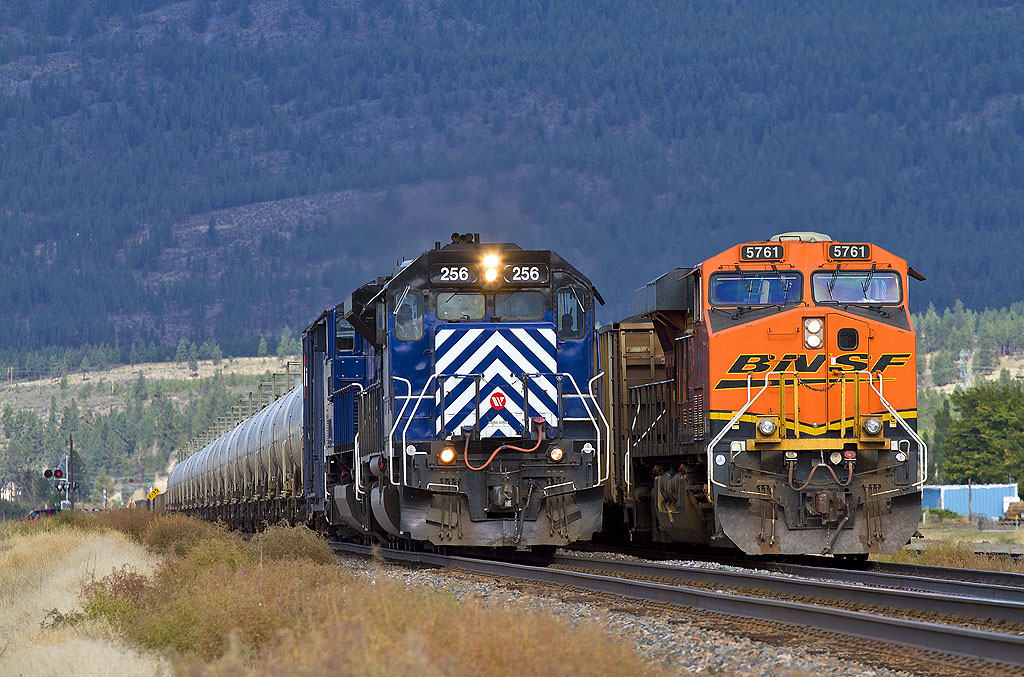
On Sept. 26, 2013, Montana Rail Link’s eastbound Gas Local passes a westbound BNSF coal train in Plains, Mont., bound for Roberts Bank, British Columbia. Tom Danneman Q What was the reason BNSF sold off trackage to Montana Rail Link? As an observer, it appears most trains on the railroad are of BNSF origin. – […]
Read More…
What would it have been like to spend one day at a perfect train-watching spot in the 1950s and 1960s? This 30-page download takes you back in time, with contributors sharing their experiences from memorable trips across the United States. This free guide provides plenty of pictures, too, with classic railroad photos from a bygone […]
Read More…
This special series offers an overview of intercity and passenger railroading in North America. Our free, 30-page PDF download includes the following features: Beech Grove to the Rescue An inside look at Amtrak’s rolling stock repair facility, where an injection of stimulus funding has been used to repair passenger cars and sidelined P40 locomotives. Taking […]
Read More…
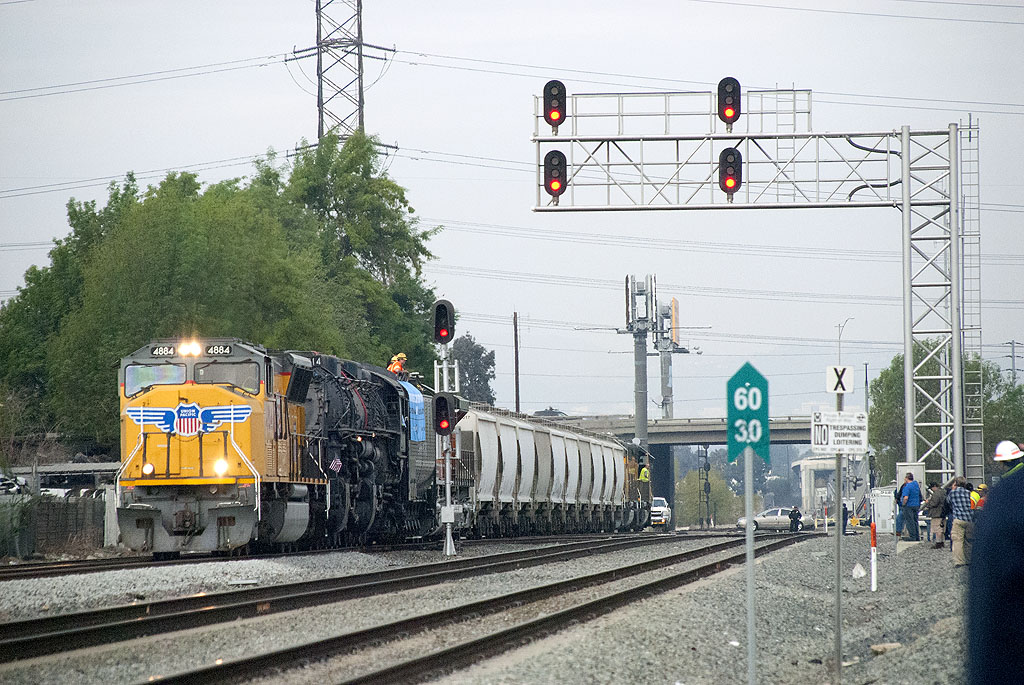
Ten hoppers coupled to the Big Boy consist in January 2014 were used for additional braking power. Steve Sweeney Q Why was there a string of hopper cars in the consist moving Union Pacific Big Boy No. 4014 from Pomona to West Colton, Calif., in January 2014? – David Tritenbach, Kerrville, Texas A Although Union […]
Read More…
Locomotives are the power behind the rail industry, and capturing the perfect photo of a locomotive is no small feat. That’s why Trains magazine is offering this 40-page special download all about locomotives. This free PDF includes an in-depth guide to rail-fanning in Los Angeles, where there’s no shortage of activity from the likes of Union Pacific, […]
Read More…
The electrification of U.S. railroads has long been a vision for the future that’s never reached its full potential. From 18th century technology development, to early 20th century progress on major electric traction projects, the United States was a world leader in railroad electrification. But electrification expansion projects were halted during World War II and, […]
Read More…
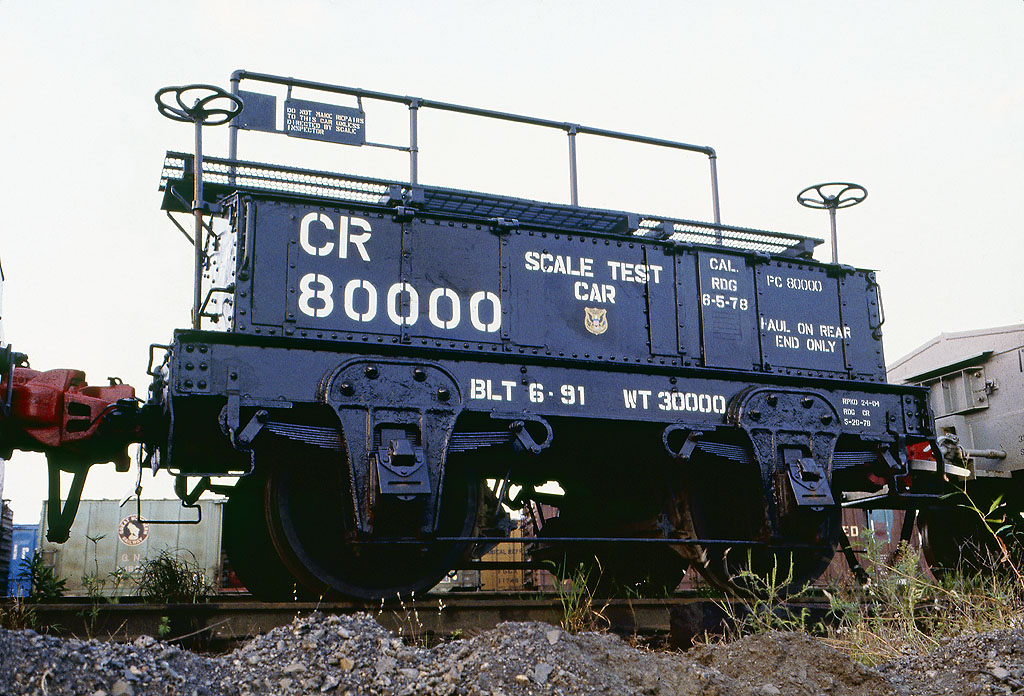
Scale test cars are used to calibrate in-track scales that weigh freight cars. The car shown above was built in 1891 and served until the 1980s. Jim Battle Q The car in this picture was in the New York, Susquehanna & Western’s Little Ferry, N.J., yard in September 1978. Do you know if it is […]
Read More…
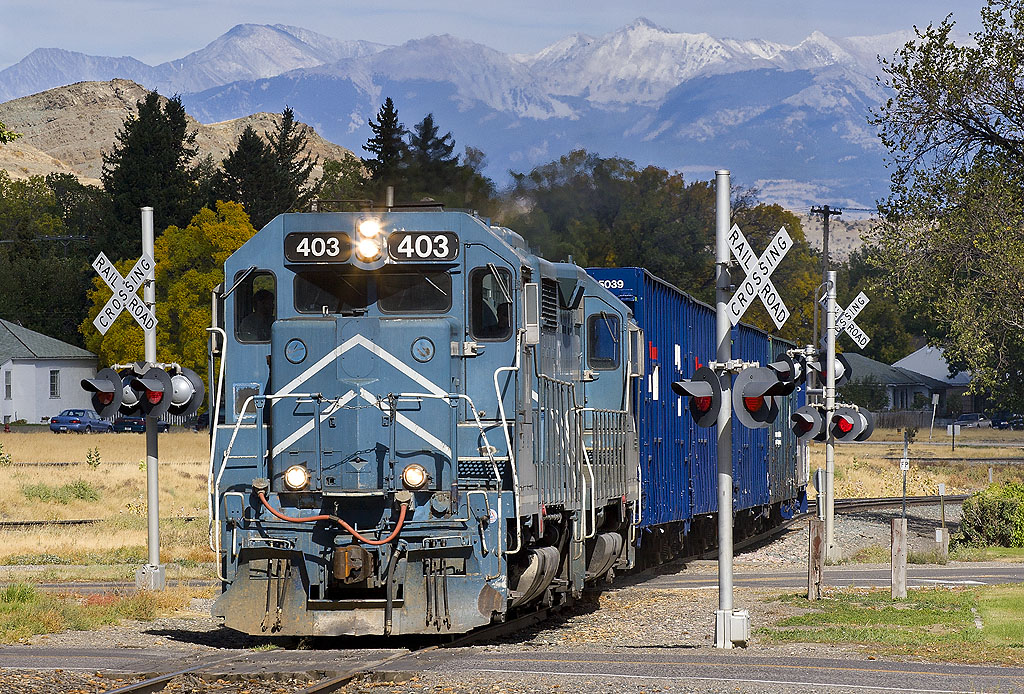
On Sept. 25, 2007, a Montana Rail Link local in Livingston, Mont., heads onto an old branch line that once went to Gardiner, Mont., and the north entrance to Yellowstone National Park. The GP35s are taking four wood chip cars and a caboose (for the return back-up move) to a lumber mill about a mile […]
Read More…
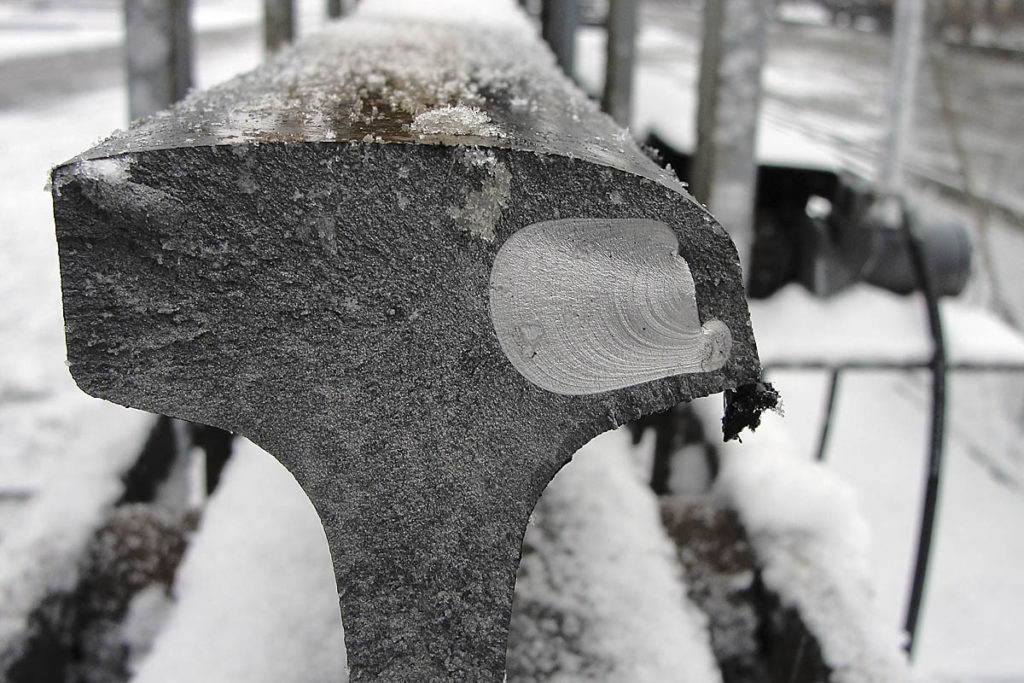
The manufacture and maintenance of rail is as old as railroading — and so are broken rails. Though today’s rail is much harder, stronger, and of higher quality than rail made even 40 years ago, railroads and metallurgists have just recently begun to understand why rails still are breaking. As railroads installed new rail in […]
Read More…
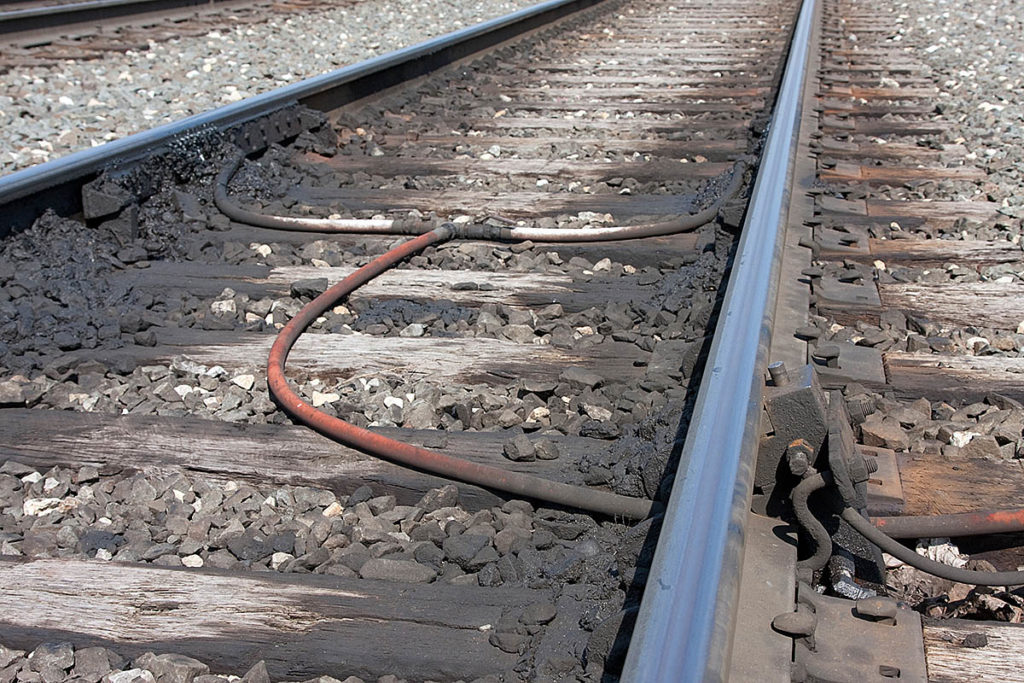
Hydraulic flange greasers are activated when a wheel rolls over an actuator, as shown on CSX’s Indianapolis Line Subdivision. Two photos, Eric Powell Forgive the pun, but it’s a slippery slope that railroads have to deal with, in terms of rail and flange lubrication. Too much or too little grease on the track can cause […]
Read More…
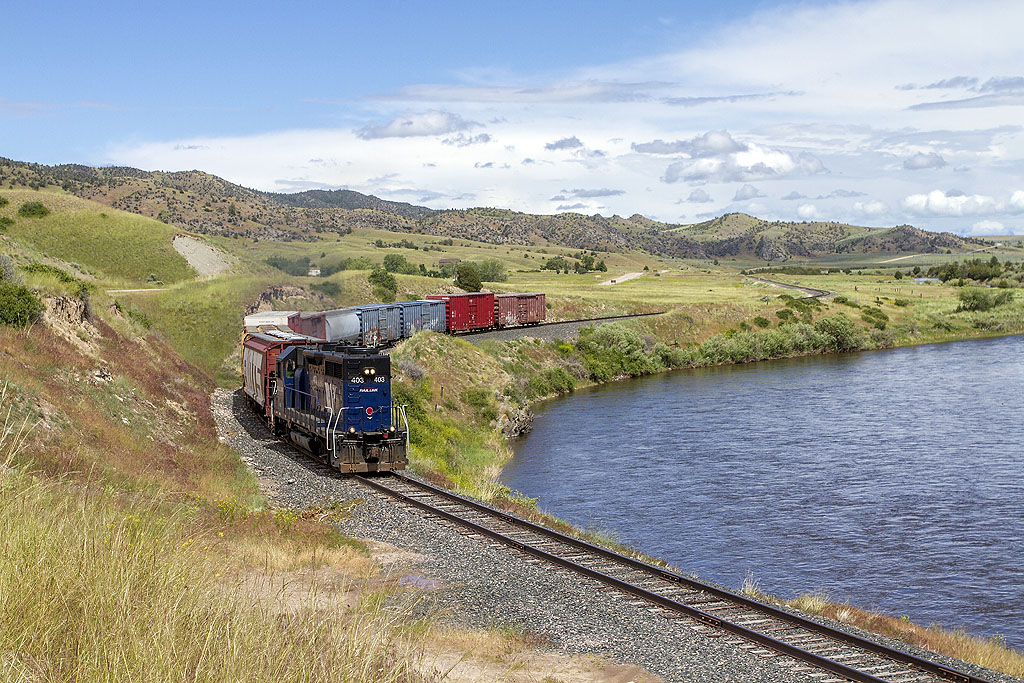
A Montana Rail Link local with a GP35 running backward (long hood forward) rolls along the Jefferson River west of Sappington, Mont. Tom Danneman Q In the 2010 movie, “Unstoppable,” movie makers create a lot of drama about running a locomotive backward at high speed. How capable are road and switch engines of operating in […]
Read More…
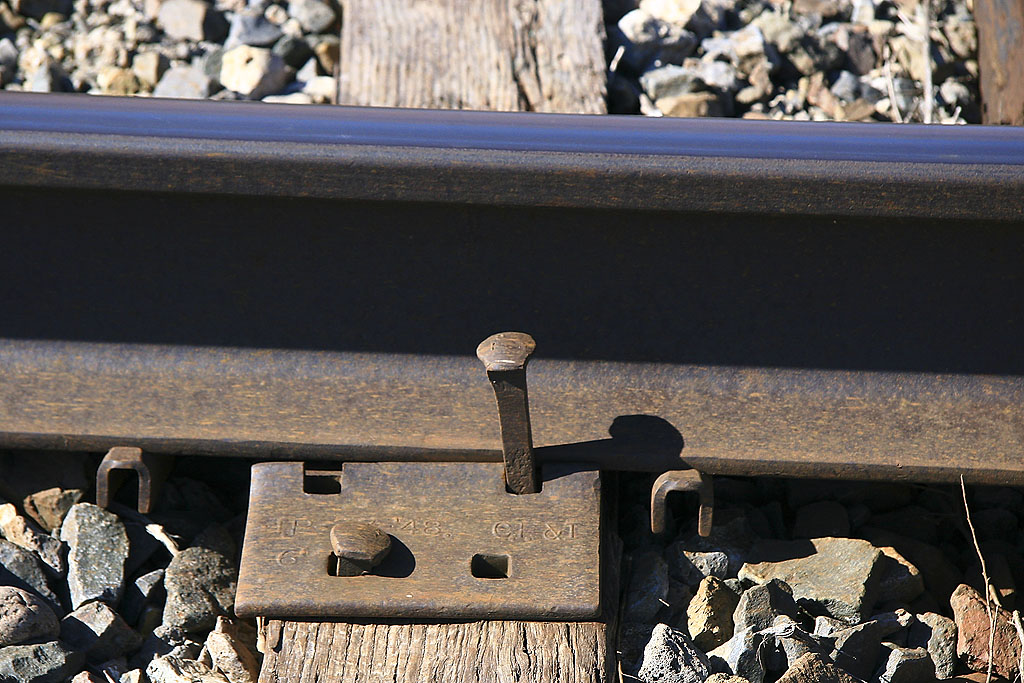
Spikes are part of a system that keeps rails in service. Redundant numbers of spikes are present in most tracks. Bob Johnston Q During a recent trip to the U.S., I visited rail lines in Chicago used by both freight and passenger trains. I noticed how many spikes are torn out or completely missing in […]
Read More…








